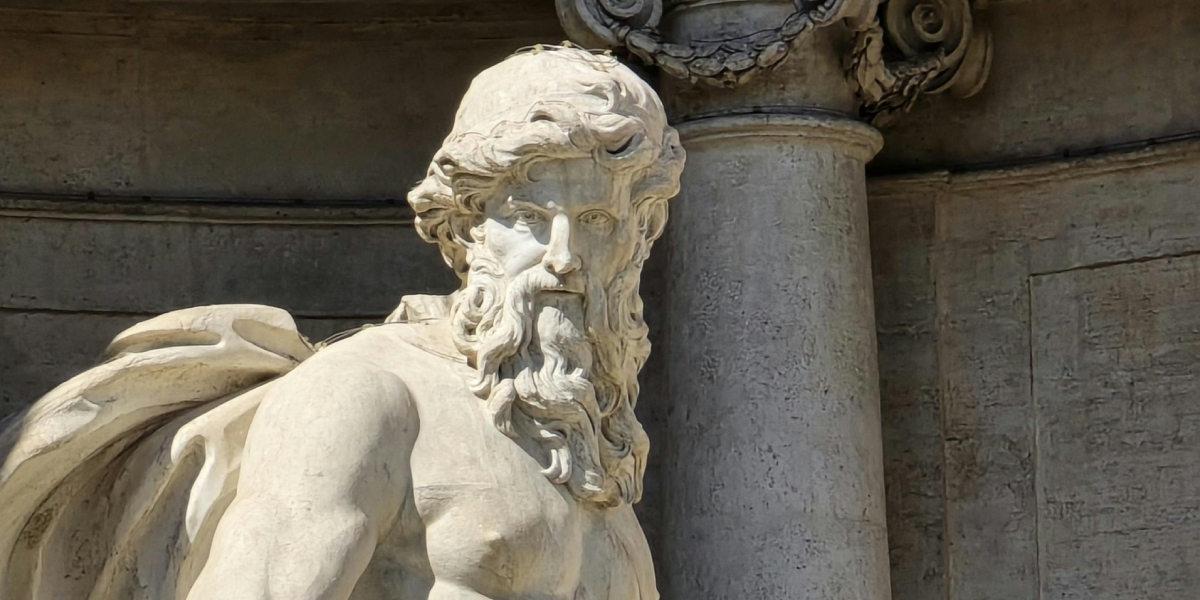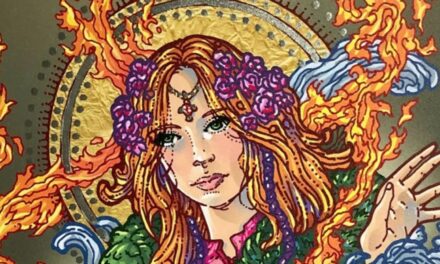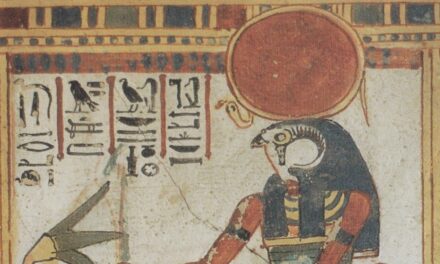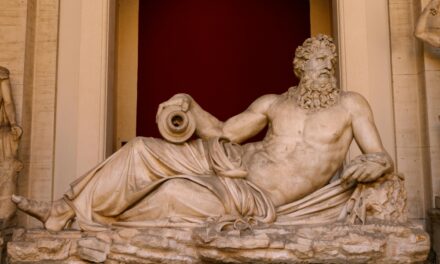Introduction
In the shadow of marble arches and beneath the roar of triumphal processions, the Roman gods once reigned as keepers of empire and order. They were gods of war and law, of hearth and harvest, of love and the celestial spheres. Practical yet powerful, the Romans honored their gods as partners in conquest and protectors of daily life — deities who walked hand in hand with soldiers, magistrates, and farmers alike.
Former Glory
The Roman pantheon, while closely tied to its Greek counterparts, bore its own fierce identity. Jupiter Optimus Maximus, wielder of thunder, stood as the supreme god of Rome, his temple upon the Capitoline Hill symbolizing the empire’s strength. Mars, once an agricultural guardian, became the fiery god of war, protector of soldiers and patron of Rome’s legions. Venus, goddess of love and beauty, was tied to the very bloodline of Rome through Aeneas, her Trojan son and mythical ancestor of the Romans. Diana, goddess of the hunt and the moon, was honored at sacred groves and lakes, her worship linked to the cycles of the earth.
Rome’s devotion was not limited to grand deities alone — the Lares and Penates, household spirits of ancestors and storerooms, were honored daily at hearthside shrines. Temples rose across the empire: Jupiter’s great sanctuary on the Capitoline, Venus’s temples at Pompeii, Mars’s field outside the city where armies gathered before campaign. Festivals such as the Lupercalia, Saturnalia, and Floralia filled the calendar, weaving divine presence into every moment of civic and private life.
Modern Revival
Though Rome’s temples crumbled and Christianity spread across its lands, the gods of the Romans have returned in modern Pagan revivals, particularly within Nova Roma and other reconstructionist communities. These groups seek to restore Roman religion, known as Religio Romana, with rituals, festivals, and public ceremonies modeled after ancient practice.
Today, offerings of wine, incense, and bread are once again made to Jupiter, Venus, Mars, Diana, and the household gods. The Roman calendar is reconstructed and lived through festivals that honor deities with prayers, feasts, and symbolic sacrifices. In Italy, small groups gather at ancient sites to hold rites in the old ways. In the USA, Europe, and online, practitioners share Latin prayers, rebuild ritual formulae, and construct household shrines reminiscent of the lararia of antiquity.
The worship of Venus thrives among those seeking beauty, creativity, and love; Mars is invoked for courage and protection; Diana is honored by those who seek independence and connection to the wilderness. Even the household gods are remembered, with many practitioners keeping daily rituals of gratitude to the spirits of hearth and ancestors.
Modern temples are rare, but reconstructed rituals, often in Latin, are carried out under the open sky, echoing the rhythms of Rome’s past. The emphasis on pietas — duty and reverence — remains central, connecting worshipers not only to the gods but also to their communities and the continuity of tradition.
Conclusion
The Roman gods, once entwined with empire, law, and hearth, rise again in the voices of those who reconstruct their worship. They remind us that divinity is found not only in thunder and conquest, but in the quiet flame of the household shrine. And so we must ask: does Jupiter still watch over the just, does Mars still walk beside warriors of spirit, and do the Lares still protect the homes that honor them?





